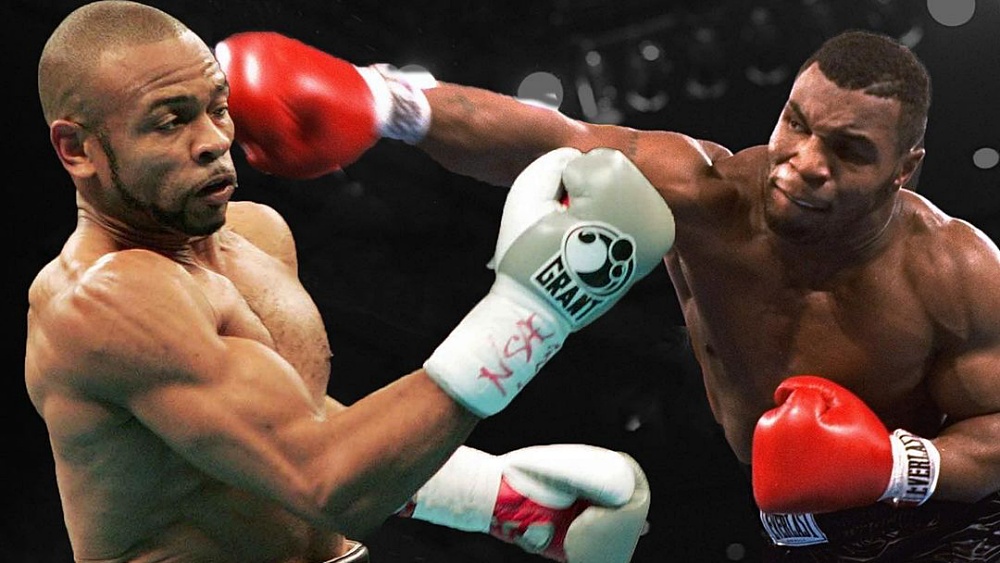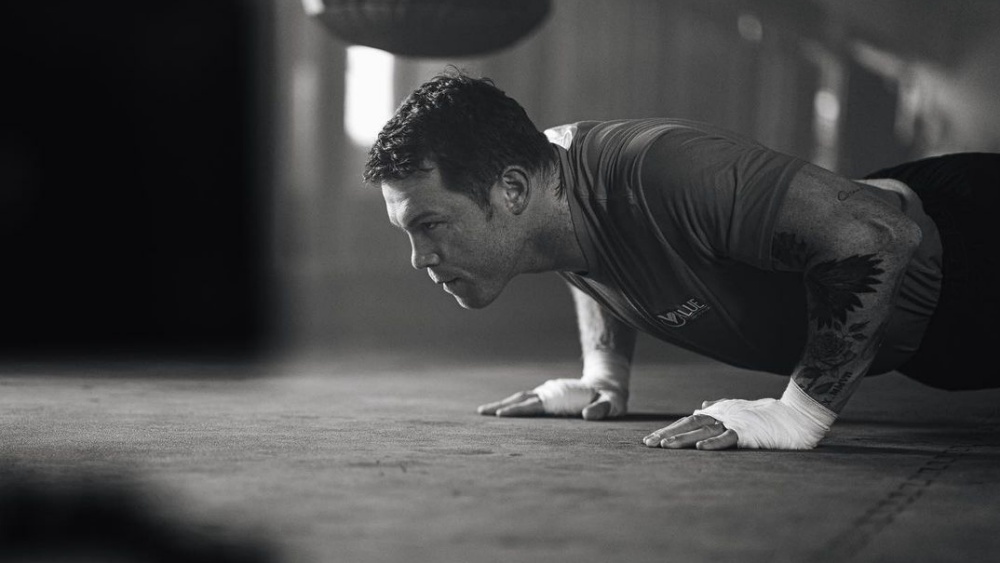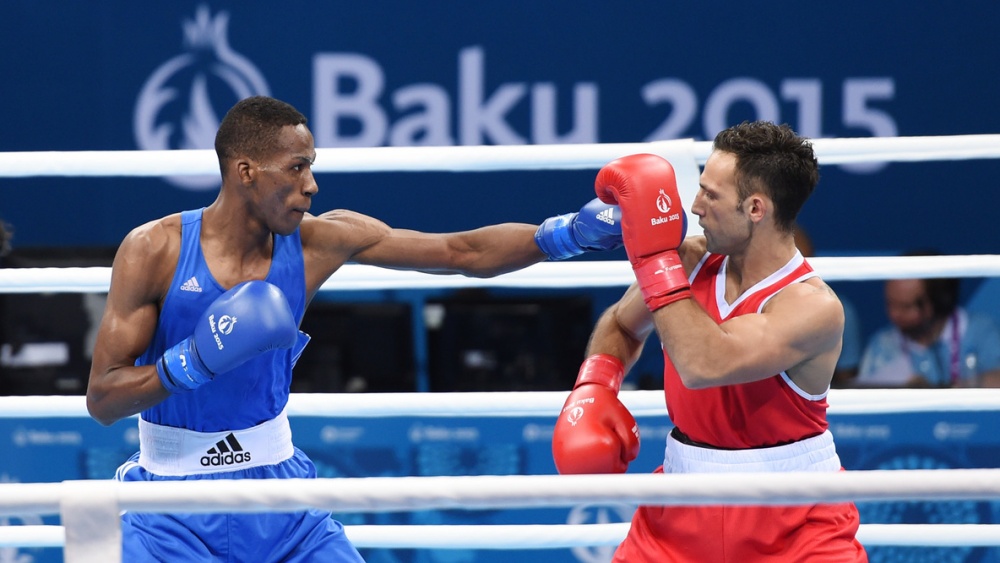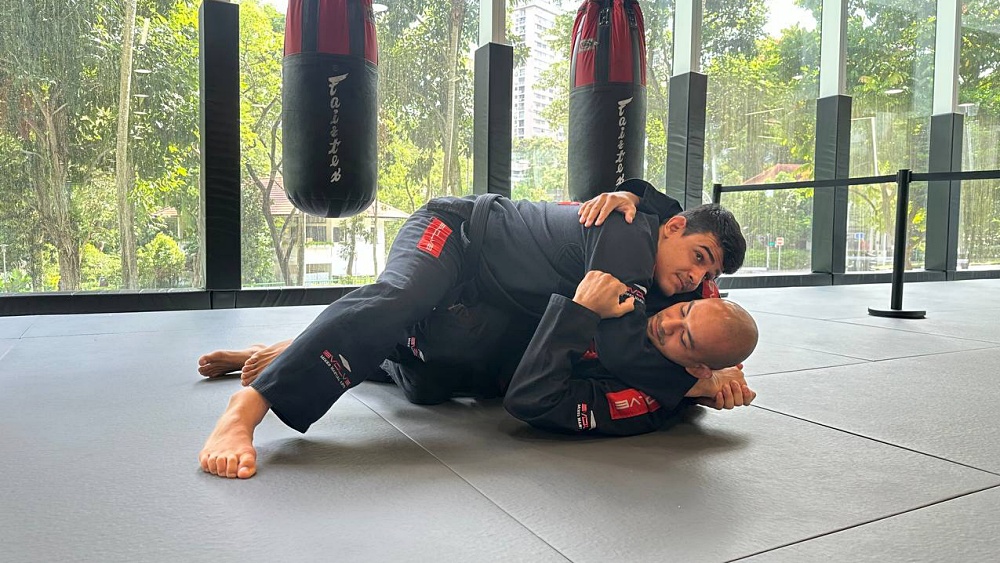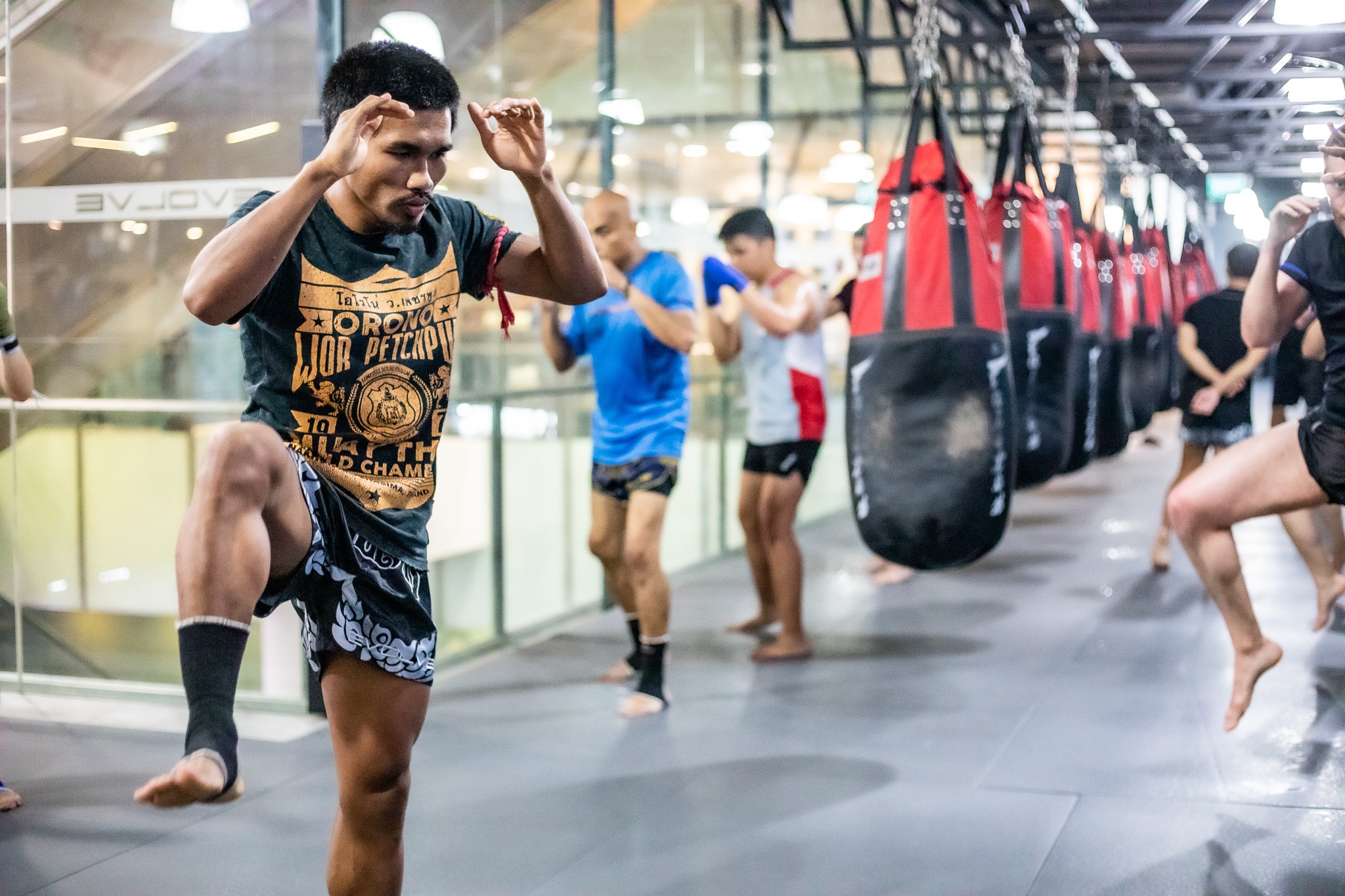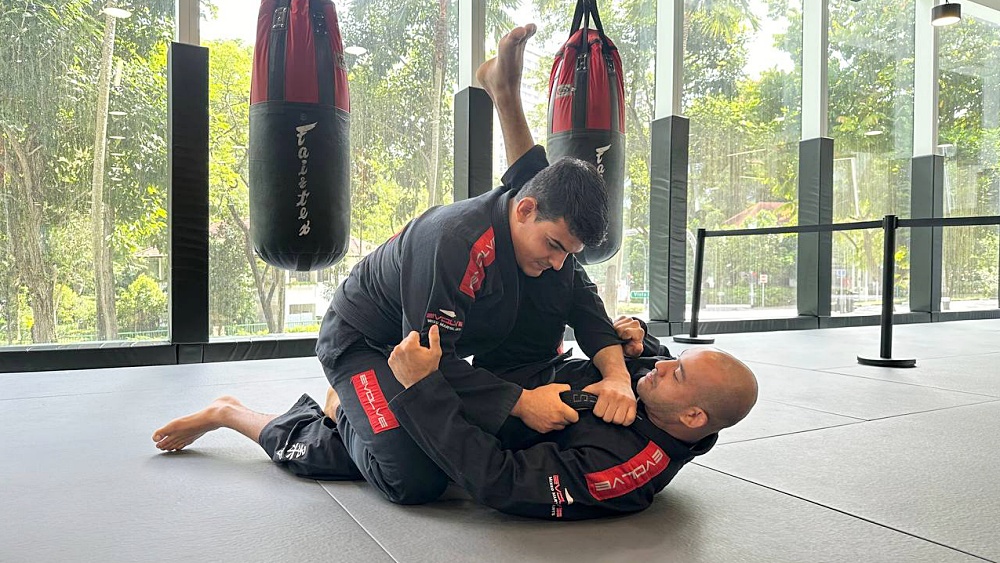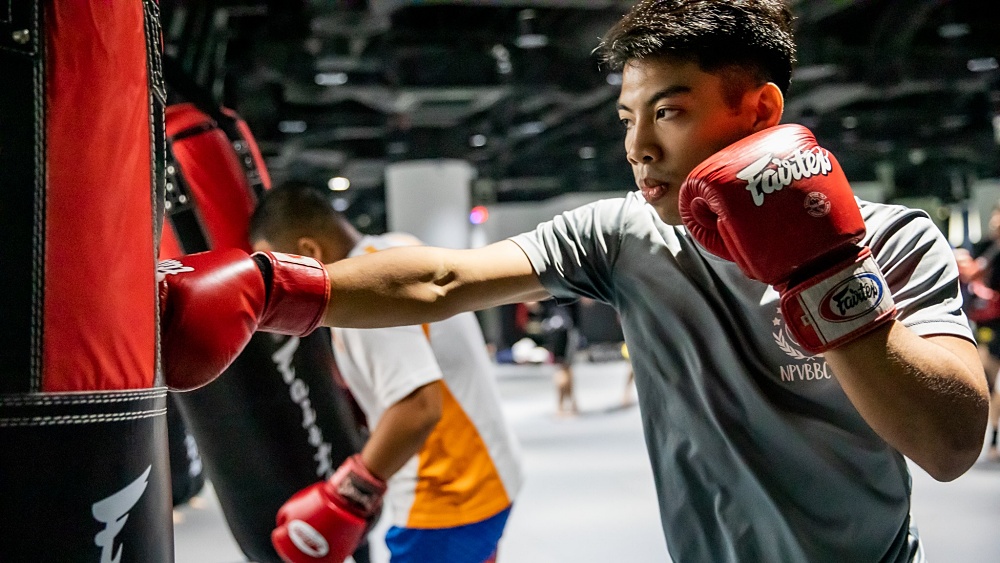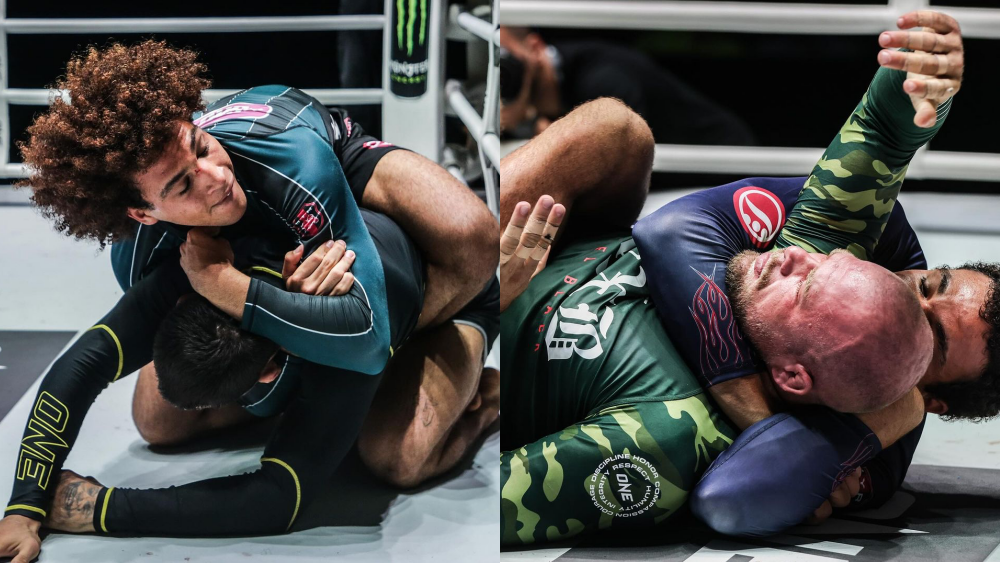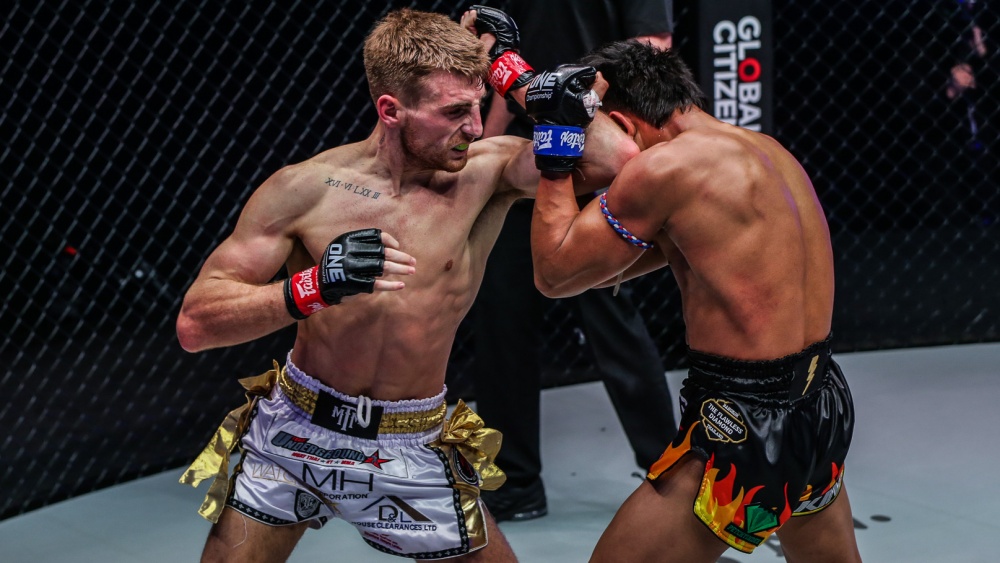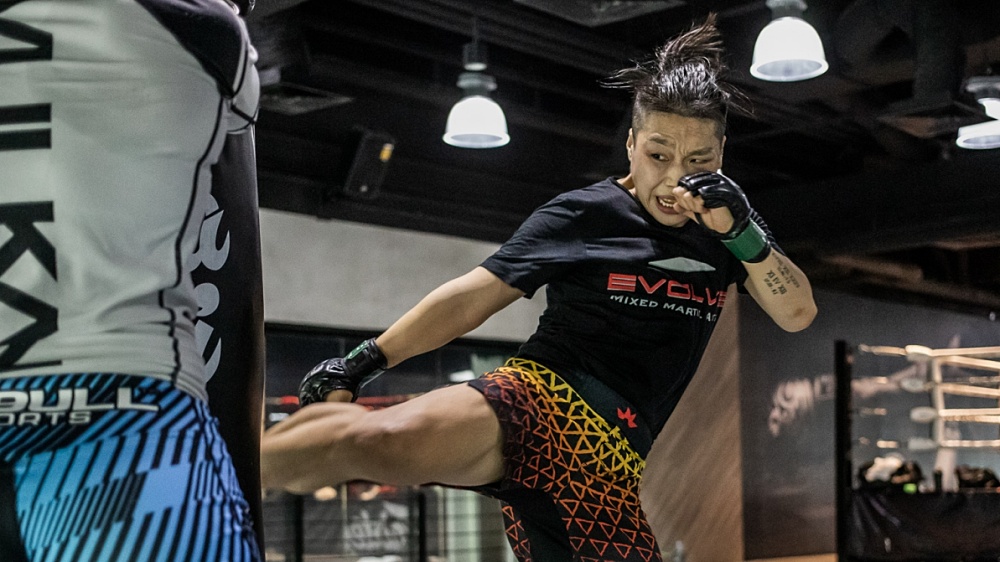The common misconception about boxing is that it’s all about the upper body. It’s all about the arms, and punching, when in fact, that couldn’t be further from the truth. The base, which includes the legs and thighs, as well as the core is equally significant in terms of key physical components.
In reality, your legs play a crucial role in your overall physicality as a boxer.
Why? When you think about it, it’s your base that helps keep you upright, provides a sturdy and steady platform from which to launch your attacks, and helps you maneuver and glide across the ring. Put things into this perspective, and you’ll understand just how important it is to strengthen your legs as a boxer.
Want to strengthen your legs to improve your athleticism and boxing? Let’s dive into a few workouts you can do to supplement your training.
Today, Evolve Daily shares six ways to strengthen your legs for boxing.
1) Air Squats
You’ll be hard-pressed to find an exercise more efficient and effective at developing your leg strength than the humble air squats. Air squats are great for building a solid foundation and balance in the lower body. This simple but physically demanding exercise targets the thighs, quadriceps, hamstrings, and glutes, toning and adding lean muscle mass in these areas.
Of course, having a solid base in boxing is very important, because you will want to keep balanced, especially when you’re moving around the ring while giving and taking hits. The stronger your base is, the better your balance.
How many air squats should you do to notice improvement? It really depends on your individual goals. If you haven’t tried air squats before, you should start by doing 3 sets of 12-15 repetitions every day. Do them 3-4 times a week. For added difficulty, you can carry a dumbbell close to your chest for resistance.
Remember to pay attention to proper form. It’s all about building functional strength, which will benefit you greatly in the ring.
2) Calf Raises
Have you ever wondered why Filipino boxing legend Manny “Pacman” Pacquiao packed such a powerful punch? Have you looked at his tree trunk-like calves? Pacquiao had rock-solid legs, which produced his trademark explosive power.
By doing calf raises, you can develop those stabilizing muscles down in your lower body too, and pretty soon, you’ll be punching just like the Filipino superstar.
Calf raises are easy to do, and they are a low-impact method for strengthening your gastrocnemius and soleus. Just like air squats, calf raises can help improve your overall stability and balance, while fortifying your ankles and knees at the same time. Stronger calves also give you better agility and athleticism while running and jumping, or moving your feet. This is especially important in boxing, where movement is a constant.
You’ll want to develop your calves to the point that they become firm and muscular, but avoid trying to add volume. The bigger the muscles, the more the energy and oxygen requirements. Pacquiao had great power because of his calves but was also plagued with cramping because they were just too big.
3) Classic Roadwork
When it comes to working out your legs, you can’t go wrong with classic roadwork. That’s why serious boxers always hit the outdoors to get their miles in (although the treadmill is perfectly fine).
While a lot of fighters admittedly struggle with running, it’s a great training component for every boxer. Not only does it make your legs stronger, but it also boosts endurance and raises the heart rate, which in turn improves cardiovascular conditioning. Running is a form of aerobic and anaerobic training, and is designed to provide strength and speed, while also training the lower body.
Running also enhances a boxer’s ability to recover in the middle of a fight, which is crucial to energy management, especially across multiple rounds of intense action.
Many boxers still run a few miles every day to keep their conditioning. They combine that slow and steady-state cardio with fast sprints, training the leg muscles to better metabolize oxygen.
4) Agility Ladder
The agility ladder is one of the best workouts for the legs. It’s another functional workout that not only builds strength and endurance in the lower body, but also improves footwork and movement. It helps make your feet move in an effective and fluid manner, and we all know how important footwork is in boxing.
Why is moving efficiently important? Because it helps make you energy efficient.
The agility ladder improves three key fitness areas that are very important to boxers — speed, agility, and quickness — in addition to fortifying your joints, ligaments, and tendons.
Also, the agility ladder is a great aerobic and anaerobic conditioning tool that burns tons of calories and can get you in shape very quickly. It’s a great cardio exercise that strengthens the legs and conditions the lower body and core.
5) Skipping Rope
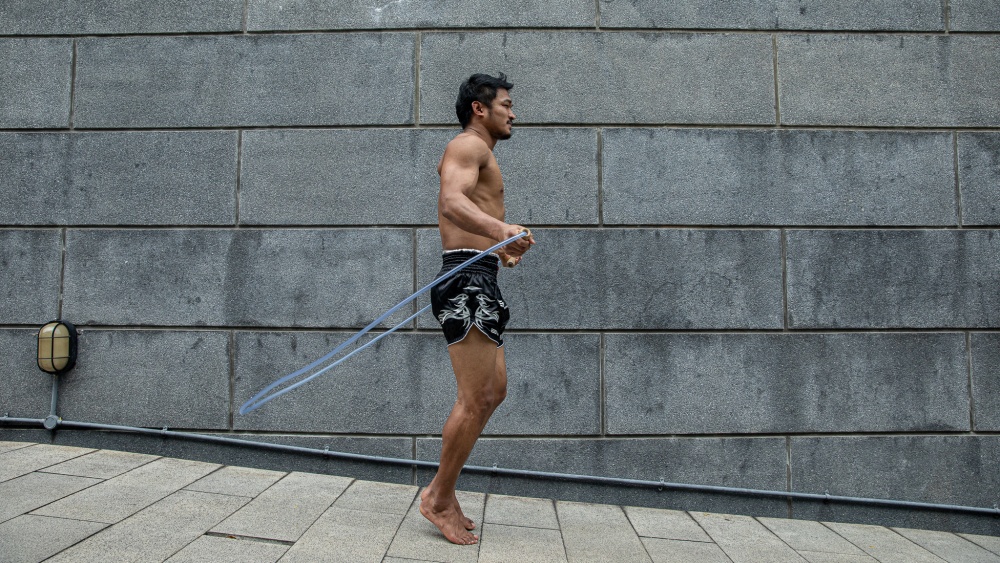 It’s one of the best workouts, not just for boxers, but even for general fitness. Skipping rope is a boxing workout staple, because it trains the entire body, with great focus on the lower body.
It’s one of the best workouts, not just for boxers, but even for general fitness. Skipping rope is a boxing workout staple, because it trains the entire body, with great focus on the lower body.
Skipping rope as a workout elevates the heart rate to a high intensity, which in turn makes your heart stronger. It improves your concentration, coordination, stamina, flexibility, athleticism, while strengthening your bones and decreasing body fat. In short, it’s a must-do workout for any serious boxer.
By performing different variations of jumps, it targets various muscles in the lower body, core, and even the arms. It’s a great cardio routine that will push you to the limit, and get you in tip-top physical condition.
Boxers not only use skipping rope workouts as a way to get in shape. They also use it to improve footwork. Skipping rope while staying light on the feet helps boxers move swiftly and effortlessly in the ring.
6) Core Workout
Last but not least, core workouts will help you strengthen your legs and your base for boxing.
Every core workout is, in one way or another, tied to your lower body conditioning. A strong core means you have a strong base, which in turn, means you can move more effectively and efficiently.
Major muscles like the pelvic floor muscles, transversus abdominis, internal and external obliques, and the like, are connected to the lower body. When you train the core, you train these muscles, and vice versa.
These muscles, in conjunction with one another, help to stabilize your torso as you move around the ring, giving and taking as well as you can. It goes without saying that when you train your core, you’re also strengthening your legs.
You may also like:
